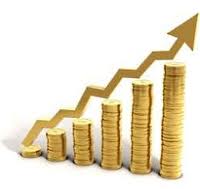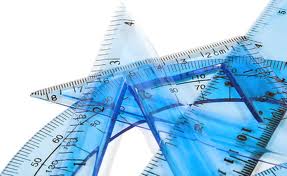Businesses in Canada have long been taking advantage of the benefits of the Scientific Research and Experimental Development (SR&ED) program. With up to 60% of funding provided for innovative research and development in commercial applications, SR&ED claims have assisted many Canadian companies in funding their R&D projects and remaining competitive in the global market.
and Experimental Development (SR&ED) program. With up to 60% of funding provided for innovative research and development in commercial applications, SR&ED claims have assisted many Canadian companies in funding their R&D projects and remaining competitive in the global market.
While the SR&ED program is extremely beneficial, if not done properly, it could lead to review and rejection by the Canadian Revenue Agency (CRA). In fact, SR&ED claims require in-depth knowledge of current incentives and a familiarity of how to best prepare your claim for maximized funding.
SR&ED claims require specialized knowledge
In order to first maximize your funding, the person preparing the claim must understand the intricacies of SR&ED and other R&D incentive programs. Understanding which incentives the business qualifies for requires both time commitment and knowledge of the Canadian Revenue Agency’s criteria.
For organizations with a small, specialized staff, the majority of their energy is directed towards working on their projects. In these circumstances, it makes sense to consider hiring an expert SR&ED consultant to manage the claim. SR&ED consultants, like Enhanced Capital Recovery, can manage the claim end-to-end and in most cases greatly improve the amount of your claim.
The SR&ED program is changing rapidly
SR&ED program policy is rapidly evolving due to the goals of the program and politics. Keeping informed of policy changes is essential to maximizing your claim and reducing the risk of claim rejection.
However, this can be a challenge for a busy organization that does not have a specific individual to handle SR&ED claims. CRA policy changes can be complex and require interpretation to understand fully.
SR&ED is a technical matter as much as it is an accounting exercise
An important step towards securing a SR&ED tax credit is to understand that the program is not a simple accounting exercise. SR&ED is based on technical merit and therefore requires proper technical documentation, in addition to financial documentation. Successfully achieving SR&ED funding goes well beyond the first step of discovering your company’s eligibility of the program.
Essentially, to qualify for an incentive, your business must demonstrate that it contributed to advancing an industry technology. This involves a scientifically documented process of overcoming technical uncertainty and contributing to the advancement of a new industry technology.
This could be making changes to a process to improve productivity or reacting to an unexpected obstacle with innovative expertise. Regardless of the experiment’s success, these attempts and processes need to be demonstrated in order to qualify for funding.
Proper documentation of SR&ED projects is critical
Satisfying SR&ED criteria is your company’s first requirement in applying for an incentive, but the ability to prove your contributions in the industry are equally as important. The CRA will likely consult with industry experts when reviewing your claim, making demonstration of your technological advancements and gained knowledge vital.
Keep track of any product trials and experiments to remedy unanticipated results, and documents explaining industry research, as these may be required when submitting your claim.
Meeting with key employees often to capture these improvements is a good idea, and making a routine of discussing and documenting your expanding industry knowledge will ease the application process.
Contact Enhanced Capital Recovery for a free consultation to find out how we can help you get the most out of your SR&ED claim.







